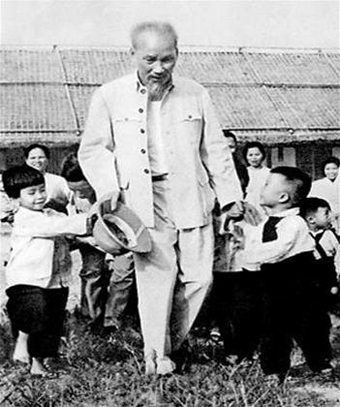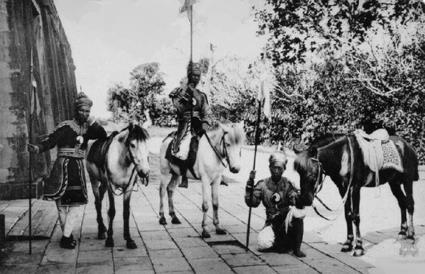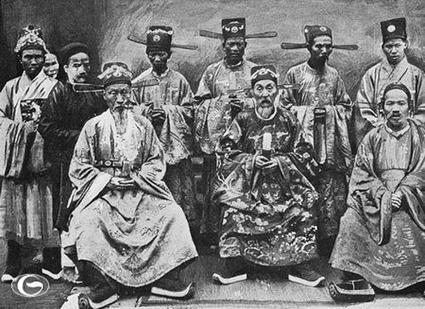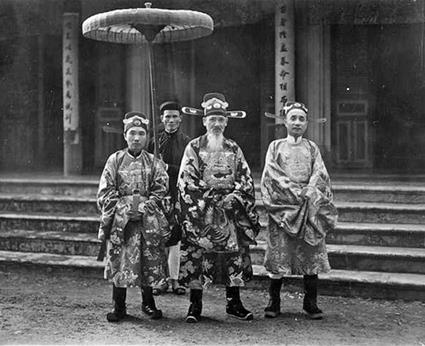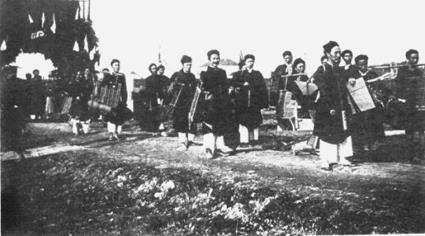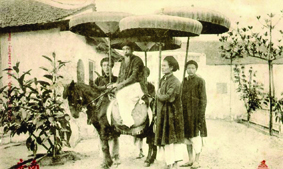 |
| A municipal governor (on the horse) of Hanoi during Nguyen dynasty__Photo: Internet |
According to ancient books and documents, “Quoc Trieu Kham Tung Dieu Le” (National Procedural Regulations of the Royal Dynasty) was promulgated in 1777 under King Le Hien Tong’s reign, containing 31 regulations, all on litigation. Its independent existence alone reveals its distinctive and rare nature.
Nguyen Minh Tuan, LL.D
Law Faculty
Hanoi National University
The appearance of “Quoc Trieu Kham Tung Dieu Le” - a procedural code - marks a legislative achievement in the Le dynasty (1428-1788) in particular and feudal Vietnam in general. Its content clearly demonstrates the spirit of serving the people, respecting and protecting their legitimate interests. This spirit can be clearly seen in almost all provisions of the Code, with all the procedural stages from filing of lawsuits, scene inspection, adjudication, to judgment enforcement designed to ward off the casual and unfair application of law by feudal rulers and to protect the people’s legitimate interests in the procedural process.
Giving prominence to humaneness, protecting people’s interests
The Code contains many provisions that demonstrate profound humanity with attention paid to people’s interests. For instance, the regulations on debt litigation provide: “If a debtor is in mourning with the deceased not yet buried while his debt becomes due, the creditor should show his/her pity, may not coerce debt payment as this would harm the debtor’s filial piety and shall wait until the burial is completed.”
* Only subscribers can access the rest of this article.

